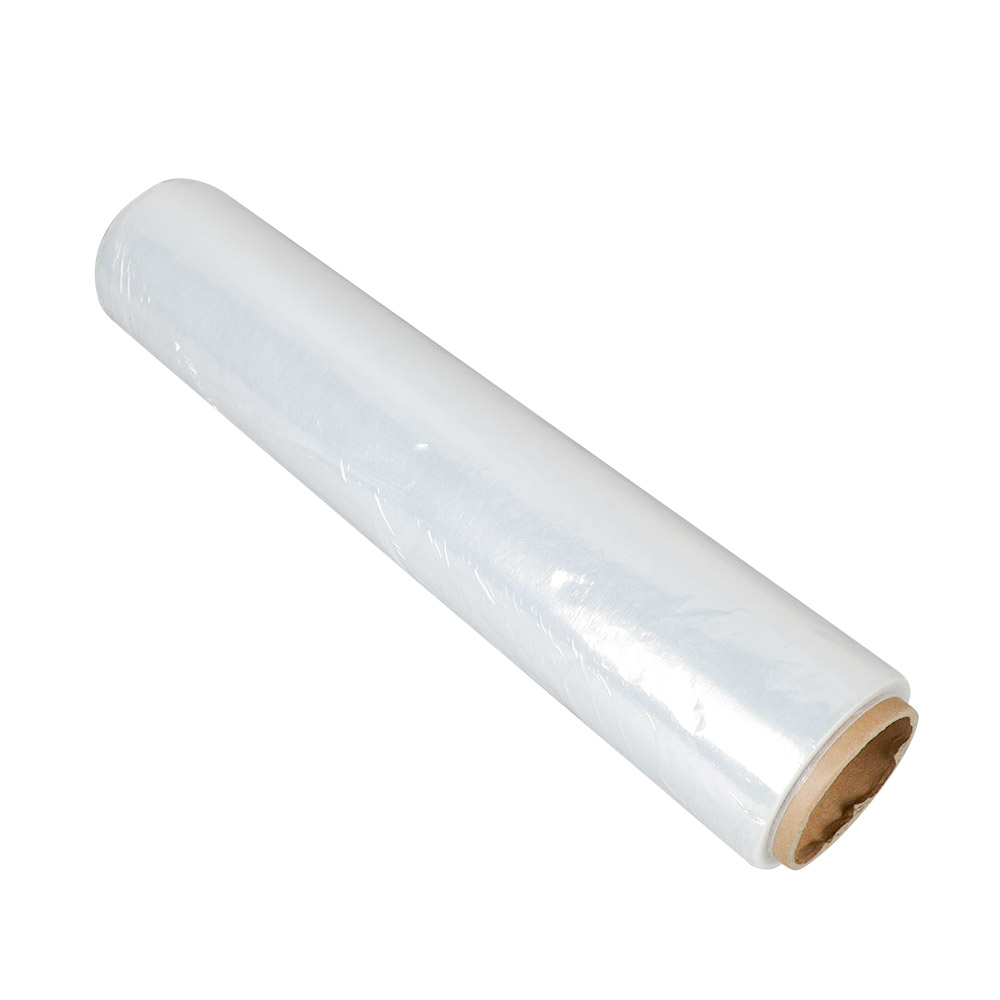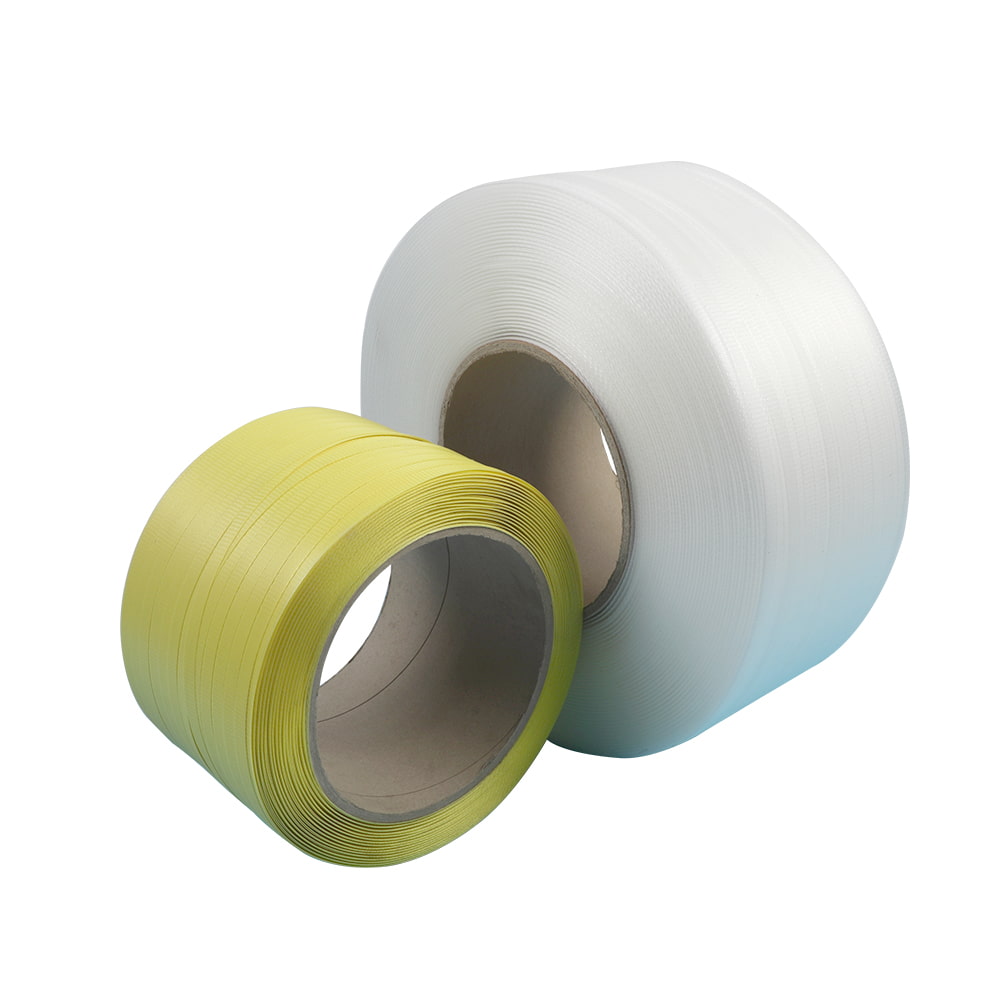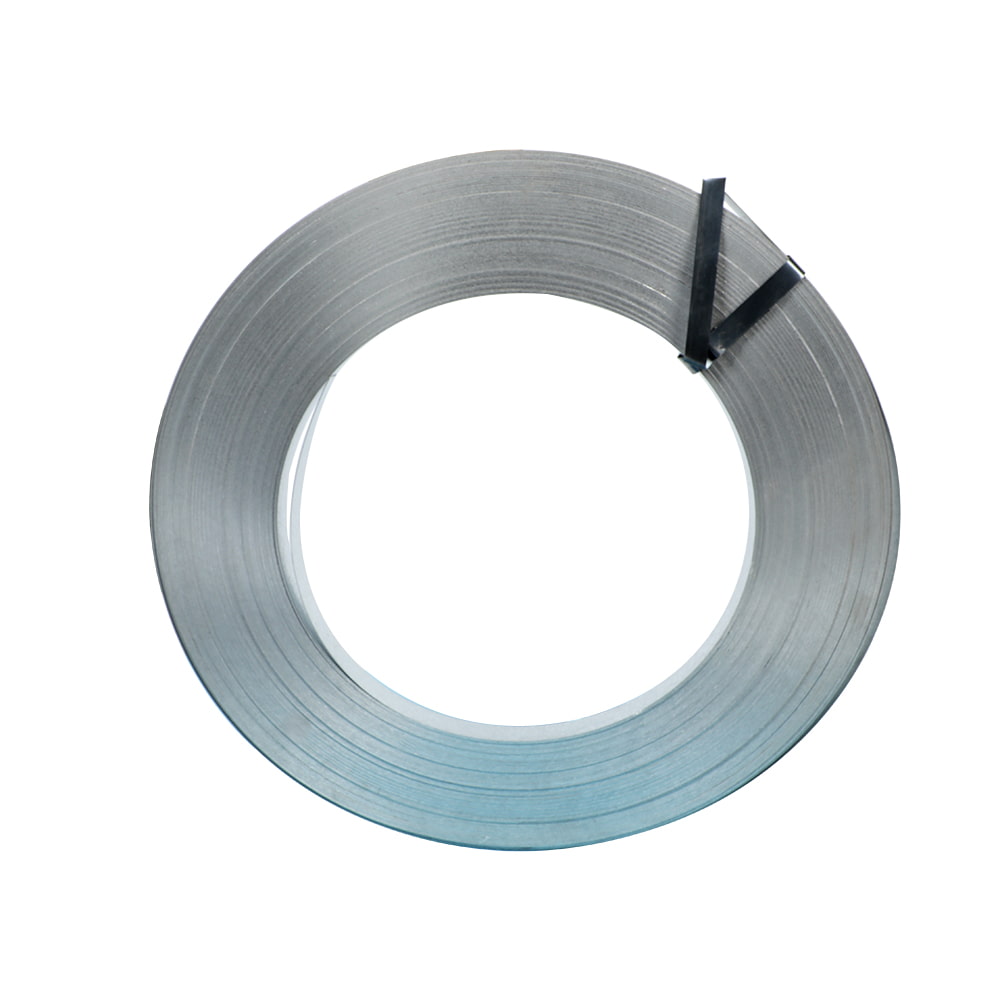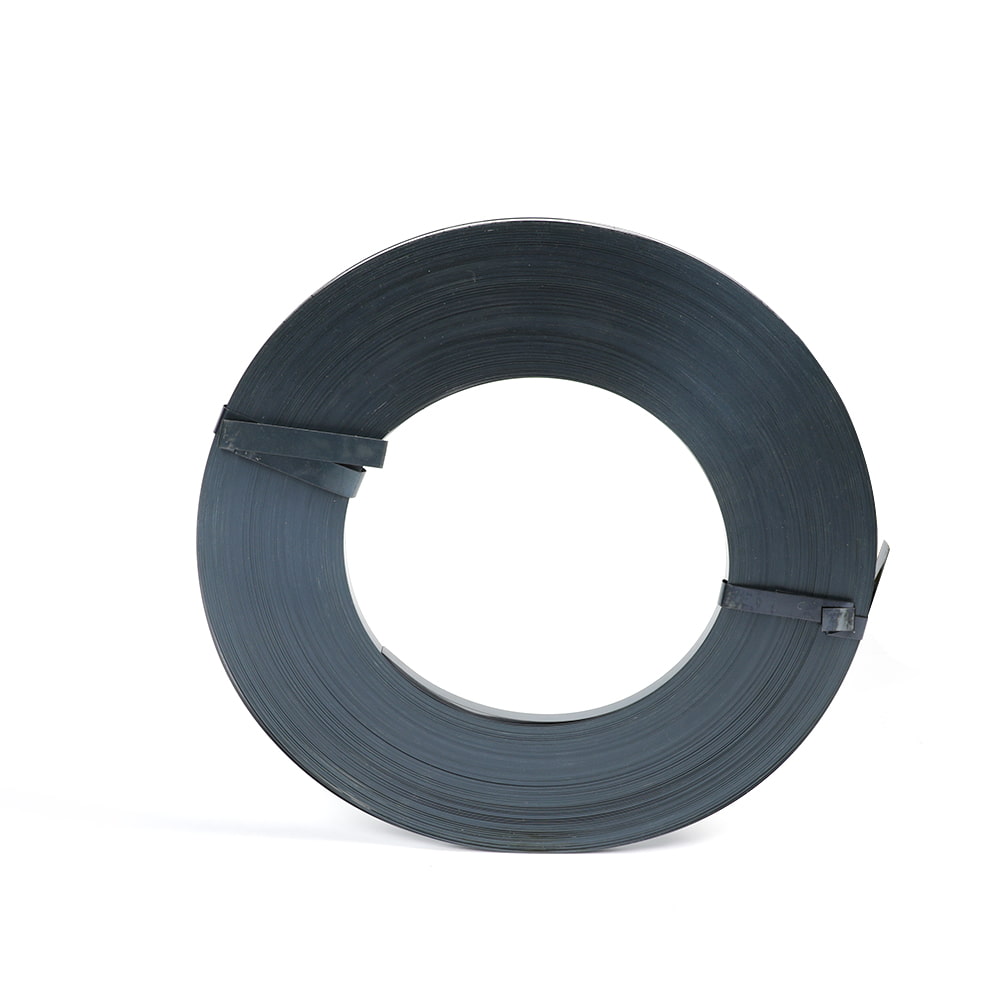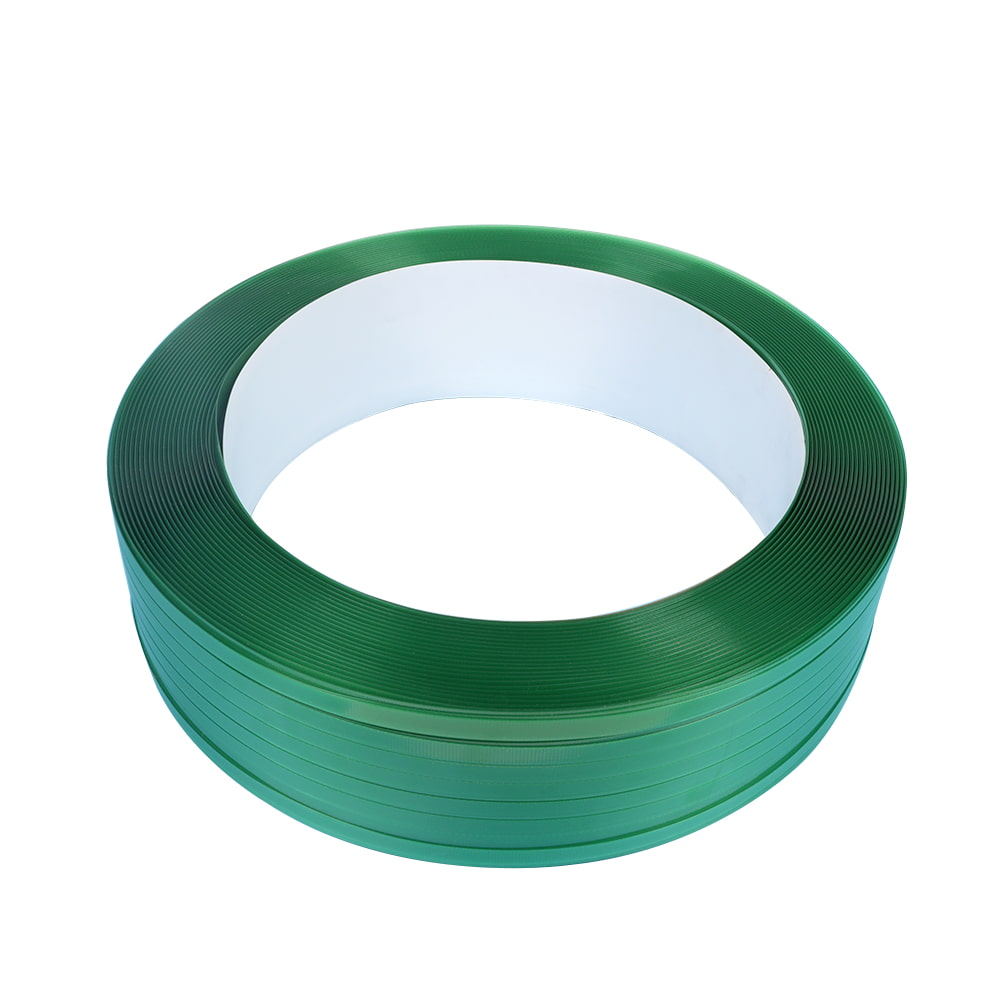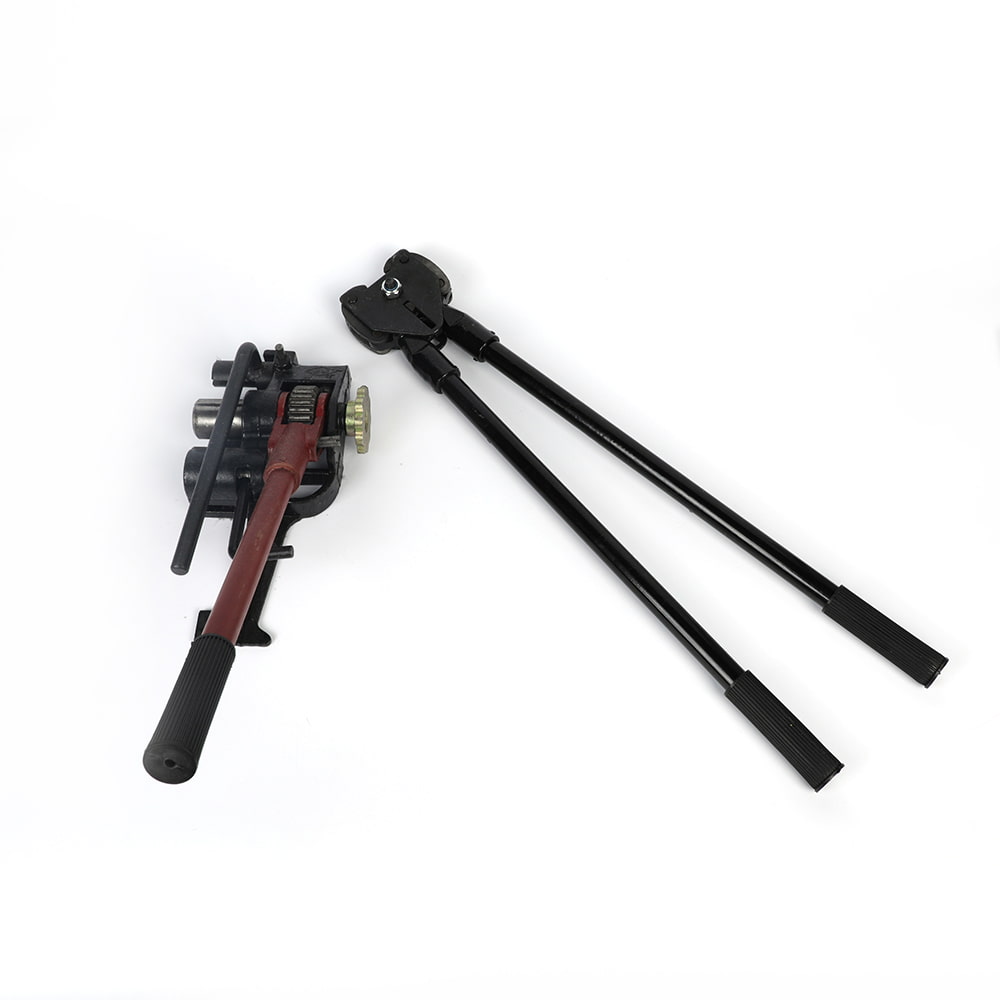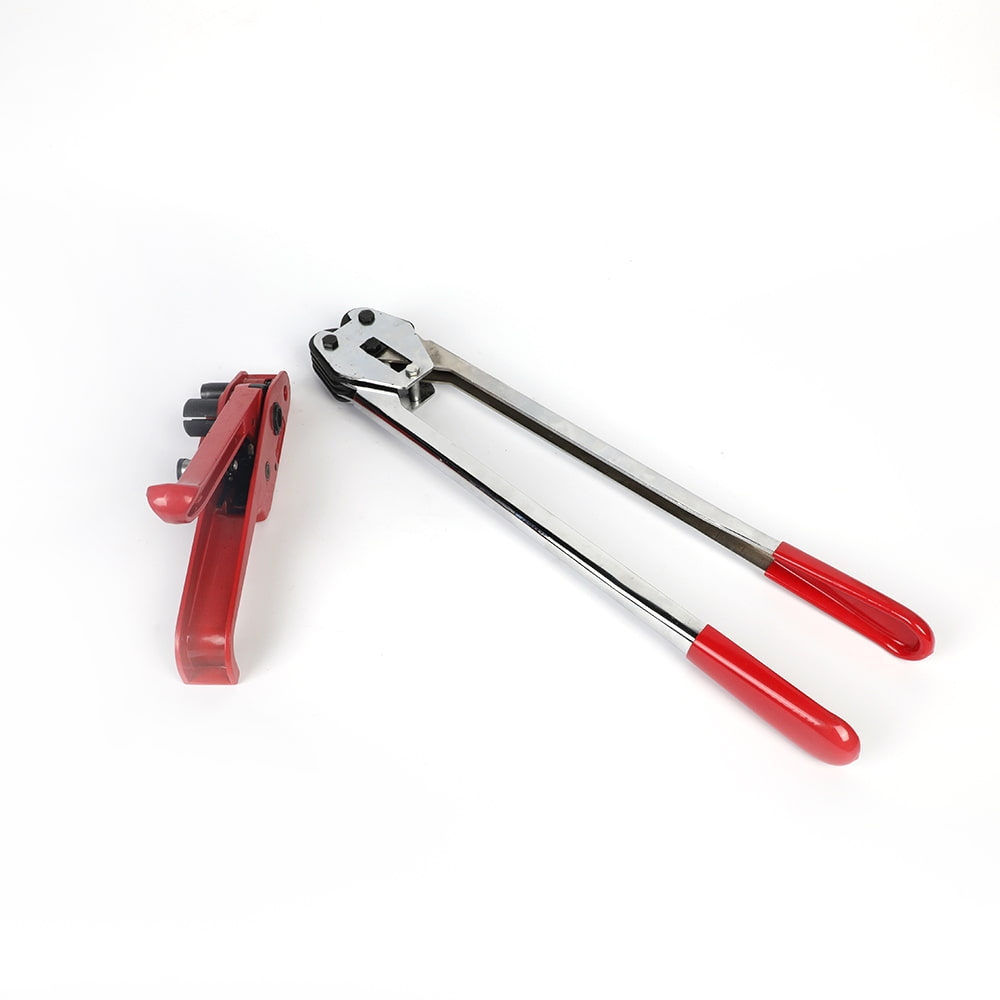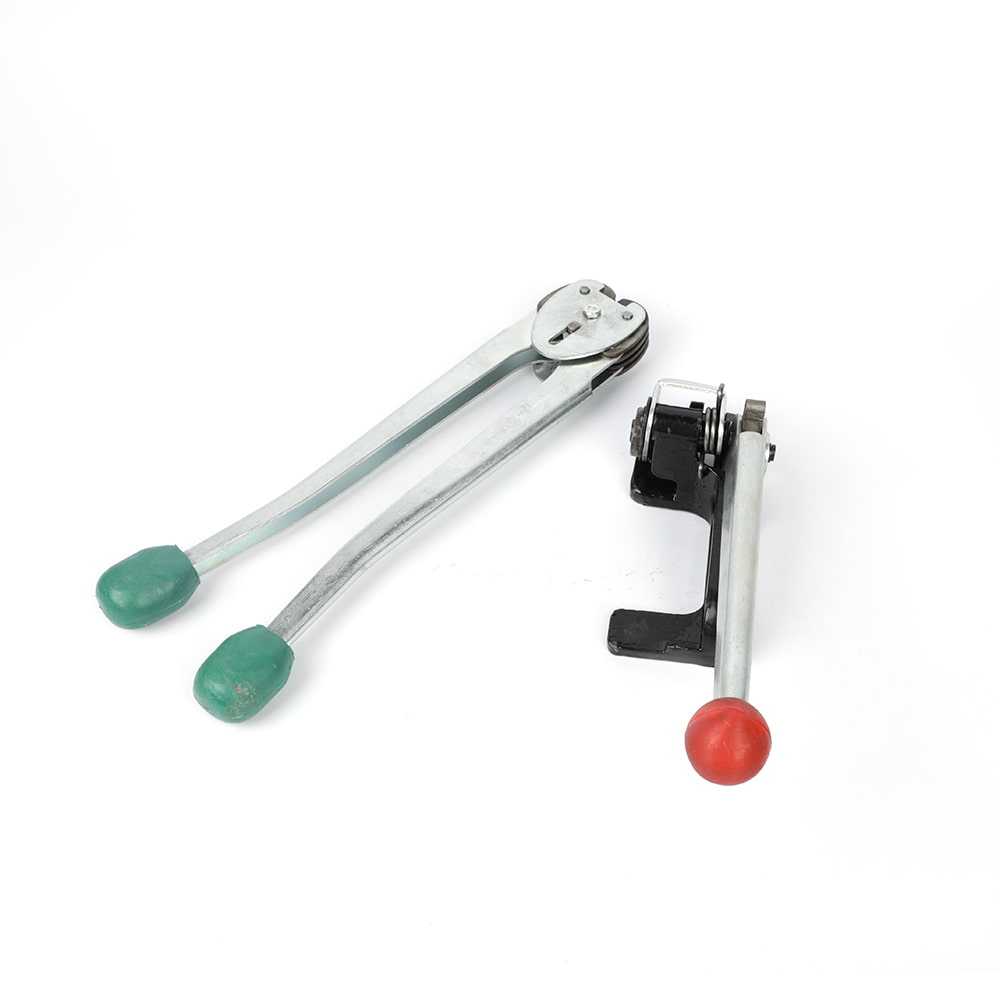What is the difference between Strapping Seal and ordinary strapping tape?
In the field of industrial packaging and logistics transportation, the choice of strapping tape directly affects the safety and cost efficiency of cargo transportation. Strapping Seal sealed strapping tape, which has attracted much attention in the industry recently, is redefining high-end strapping standards with its breakthrough technological innovation.
1. Material Engineering: Sealing Revolution of Composite Structure
Traditional strapping tapes are mostly extruded from a single material (polypropylene/polyester), while Strapping Seal has a unique "sandwich" composite structure: a polymer sealing layer is embedded between the substrate layer and the wear-resistant layer. Laboratory data shows that this structure improves the sealing of the strapping node by 300%, and maintains stable sealing under working conditions of -40℃ to 120℃, which is particularly suitable for moisture-proof and dust-proof scenes such as precision instruments and medical equipment.
2. Cross-generational upgrade of mechanical properties
By introducing aerospace-grade carbon fiber reinforcement technology, the longitudinal tensile strength of Strapping Seal reaches 2800N/cm² (ordinary strips are about 800-1200N/cm²), and the transverse tear resistance index is increased by 5.6 times. Third-party tests show that in the simulated sea transportation bump test, its fatigue cycle number exceeds the industry standard by 7 times, providing ultimate protection for high-value goods.
3. Differentiated design of smart locks
Different from traditional manual buckles, the patented ActiveLock dynamic lock system developed by Strapping Seal integrates pressure sensing chips and self-sealing strips. When the strapping tension decays by 15% due to temperature changes, the system automatically triggers secondary tightening to ensure constant tension throughout the transportation process. After a certain auto parts manufacturer adopted it, the cargo damage rate dropped from 2.3% to 0.17%, saving more than one million in insurance costs annually.
4. Cost advantage throughout the life cycle
Although the initial purchase cost of Strapping Seal is 40% higher than that of conventional products, it can be reused more than 50 times (traditional products are 3-5 times on average), and with the tool-free disassembly and assembly design, the comprehensive cost over a three-year period is reduced by 62%. It also meets the latest EU circular packaging regulations by reducing plastic loss.
With the development of smart logistics and green supply chains, this innovative product that combines sealing protection, smart monitoring and sustainable features is becoming an inevitable choice for industrial packaging upgrades. For companies that require cross-border transportation, multimodal transport or involve temperature-sensitive goods, early deployment of Strapping Seal technology will gain significant competitive advantages.

 EN
EN 
 English
English 中文简体
中文简体

